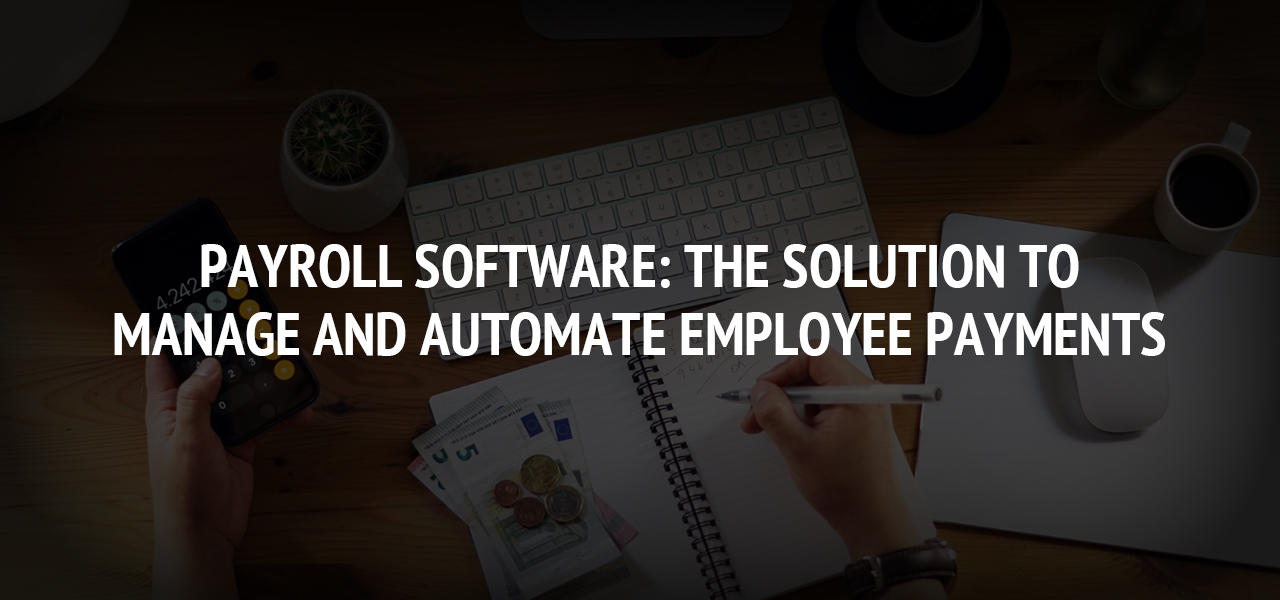App Store Optimization: The ultimate guide of Mobile apps SEO
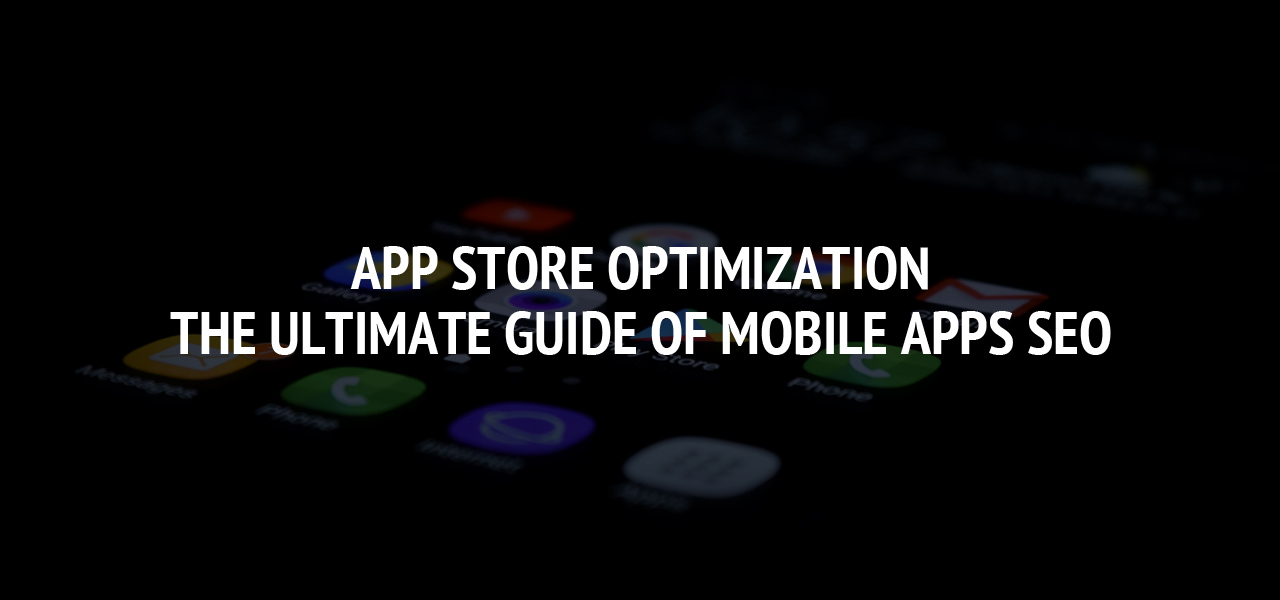
While the number of applications that exist has exploded in recent years, Google Play and Apple Store appear as the two main application stores for mobile users.
If I say "referencing", the first thing that comes to mind is certainly SEO(Search Engine Optimization), or the art of being well positioned in search engine results.
But at a time when smartphone browsing is booming and more and more companies are creating their own mobile application, it would be good to turn away from Google for a moment to look at the app stores.
Apple Store, Google Play Store… These app stores attract millions of visitors, many of whom search “in-store” to find the app they need. What if yours appeared at the top of the list thanks to App Store Optimization (ASO)?
In the following article, we will discuss this optimization together, and how you can proceed to be as efficient as possible.
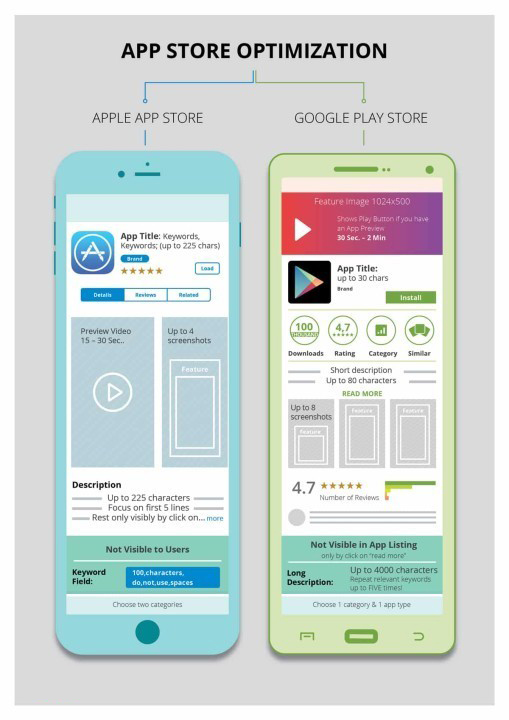
What is App Store Optimization?
Let's start by clarifying the notion of app store optimization. Optimizing your application within a store means working on your natural referencing.
When a user performs a search on an application market, for example, the Apple App Store, he obtains a series of results classified by relevance, according to a particular algorithm!
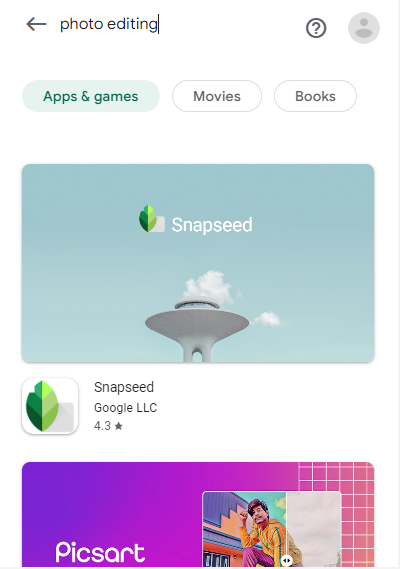
Example of a search result for the keyword “photo editing”
You will have understood: the operation is not very different from that of Google or Bing: everything starts from a request typed by the user in a search bar.
As in SEO, this is where you have to start: keyword research. Your goal is to find the best terms and phrases to use to describe your app and make it stand out at the top of the results.
As for a website that will provide an answer to an Internet user through a result on search engines, the mobile user will look for an application that meets his needs. It is in this context that optimization intervenes and becomes necessary to benefit from visibility with its future users.
The work on your in-store SEO will allow you to develop your organic visibility, and thus the traffic on your application page. To do this, there are tools specially designed for ASO that will help you, among other things, in your search for keywords (but, for lack of anything better, you can also use more “traditional” search tools). By studying the search volumes, the positioning of your competitors on different queries, and many other criteria, you will be able to determine the most appropriate keywords.
But the optimization work has only just begun: we must now use these key expressions wisely. The ranking factors on which app store algorithms are based are similar to those of traditional search engines in many ways, but they still have some subtleties.
If all the parameters taken into account are not known, here are the 4 most important!
Fast, free, and without obligation
1. The name, subtitle, and description of the application
The name and description of the application are among the pillars of SEO on the app stores. Their optimization is based on two main principles:
- They must contain the targeted keywords;
- They must bring added value, an element of differentiation.
The first principle is explained by pure SEO reasons: for an app to appear in search results for a given keyword, the latter has every interest in appearing in the name.
The second principle is more oriented towards the user: it is a question of convincing him to download your app, and not that of others, by differentiating yourself.
Attention, the name (as well as the subtitle on the Apple Store) must be brief and very explicit. Not only is there a character limit (see below), but the name is also truncated in the results (on the Apple Store, for example, only about fifteen characters appear):
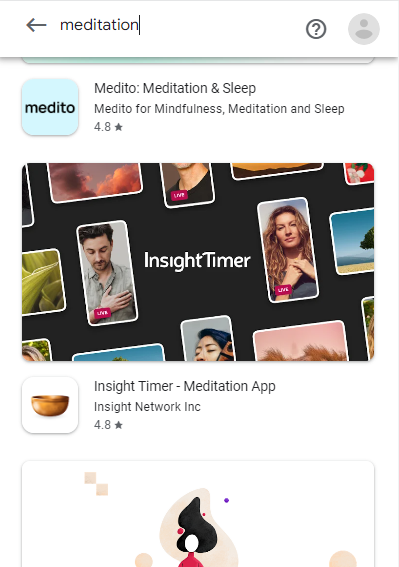
So it's best to include your main keyword at the beginning of the app title and only place secondary terms and long-tail phrases afterward.
Also be sure to include your keywords in your description, which is much longer:
- On Google Play Store, the description is a referencing factor: the keywords are therefore essential.
- On the Apple Store, the description is not a ranking factor, but integrating relevant keywords will serve the user experience.
Also, pay particular attention to your short description (which is actually the beginning of your long description) to make users want to download the app.
Finally, to help you find your way around, here is a summary table of the character limits of the different fields on the two main app stores:
|
|
Apple store |
Google play |
|
App name |
30 characters |
50 characters |
|
Subtitle |
30 characters |
Non-existent |
|
Short Description |
170 characters |
80 characters |
|
Long Description |
4000 characters |
4000 Characters |
|
List of keywords |
100 |
Non-existent |
We must find the keywords that characterize it, whether in the title (40 characters) or in the small associated description (80 characters) for the Play Store or the subtitle (30 characters) for the Apple Store.
Complete this with work on the “large” description of your application (4000 characters), which serves as a manifesto, and must both clearly explain its usefulness and convince mobile users to discover it.
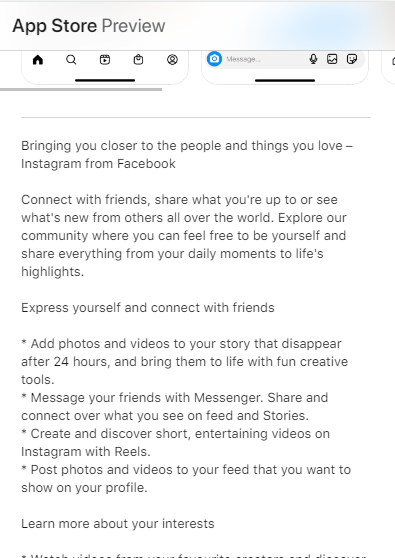
Warning: Be careful not to be too promotional or too “optimistic”.
As for natural referencing, the challenge and the difficulty are to maintain a written expression that is natural and thought for Internet users like you and me. This is particularly defended by Google and all search engines or application stores which can sanction behavior deemed abusive.
Beyond the textual part of your app page, think about all the visual elements as well. Whether it is the images, screenshots, or even videos of the application, everything must allow you to understand how it works and why it is essential for your target.
So try to stand out with your visuals, or even with your application icon, which can offer you better results in terms of traffic and conversion.
Of course, this will not directly impact the SEO of your mobile application. On the other hand, by increasing traffic and conversion through the reassurance and attractiveness linked to the use of visuals/videos, you indirectly impact your SEO.
2. Ratings and reviews
Another key factor in app stores is ratings and reviews.
The evaluations and opinions of mobile users who have tested the application count! The more numerous and positive they are, the more it gives positive signals to people visiting your application page but also to the stores.
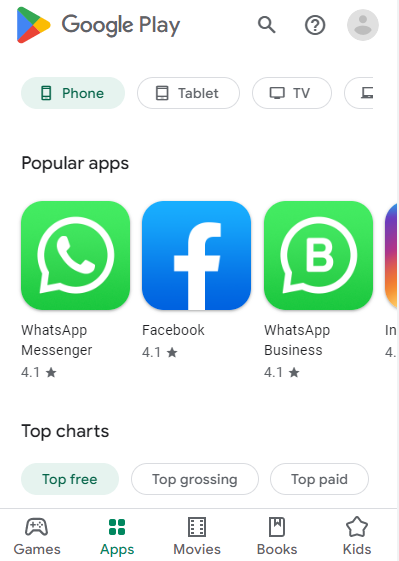
Set up a strategy to encourage your users to evaluate your app: the number, recency, and quality of the reviews received are all elements that impact SEO on the app stores.
What's more, positive ratings reassure other users and encourage them to download the app: very important, since the downloads are themselves taken into account by the algorithms.
3. Downloads
Popularity is an important factor in ASO: the more an app is downloaded, the more the algorithm will consider it qualitative and useful for users. Therefore, it will be highlighted in the search results.
But then, how to boost your downloads?
- Easier said than done: create a quality mobile application that will be appreciated and recommended by its users.
- Collect positive reviews.
- Optimize your app page, taking care not only of the title and description but also of the previews and screenshots.
- Create an attractive and differentiating icon.
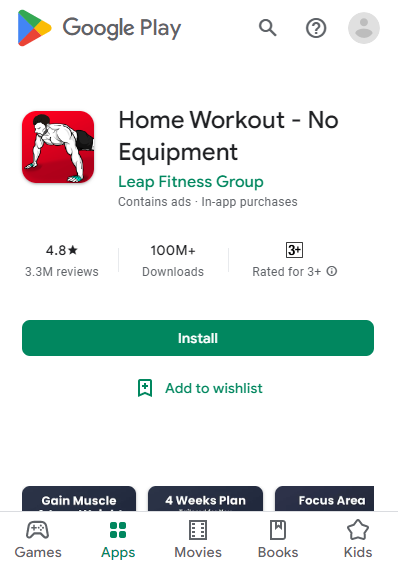
An important factor is the intensity of downloads, which is dependent on the number of downloads and the time page on which they were made. The greater this intensity, the more it indicates to the stores that the application is “trendy” and of interest to the public.
Another thing to consider is app user activity. If people who downloaded the app use it over time, without uninstalling it within an hour, for example, then that's a positive signal sent to the ranking algorithms.
Read also: Playing Games on Android vs iOS: What are the Differences?
4. Updates
The most popular apps are usually the ones that are frequently updated.
New features, bug fixes, adaptation to changes in technology and operating systems...
So many ways to continually refresh your app to provide the best possible experience and thus obtain more positive reviews and downloads: a real virtuous circle.
In addition, app store algorithms take into account the regularity of updates for mobile app referencing.
Bottom line: don't let your app down if you want to improve your ASO.
5. The Keyword List (Apple Store)
Let's finish with a feature specific to the Apple App Store: the list of keywords.
Nothing particularly complicated here: it's just a field to fill in with your list of keywords (each separated by a comma without space), within the limit of 100 characters.
The effectiveness of this field to boost your ASO, therefore, depends solely on the relevance of the keywords selected at the end of the research phase.
6. External links
References made by external websites also matter. As with the natural referencing of a website, links from sites outside the store to the application page are appreciated and well-perceived, both for the credibility of the application and for its popularity.
Our advice
Very often, the issue of in-store SEO is not even considered when launching mobile applications. This error comes from a lack of knowledge of the techniques and the impact this can have on success and downloads.
Remember to surround yourself with professionals to help you, but above all to always consider your target as "human", who must be seduced by attractive content rather than by over-optimization via the excessive use of keywords, for example.
Despite the importance of these different App Store Optimization techniques, the key element for the SEO of a mobile application remains the quality of the app itself. Creating an original and useful app, with an ergonomic and aesthetic interface, is essential for it to be successful.
About The Author
Related Blog
View All-
Payroll Software: The Solution To Manage And Automate Employee Payments
Working on the payroll is a big headache for HR professionals if they have missed out on some essential details. Imagine a big company with hundreds of employees working, and these are people who will be receiving monthly payments. The work attendance and absences ...
-
The Best VR Mobile App To Ensure Better UX
The world of mobile is ever changing with the continual development in technology and its use. If you follow the trend you will see that there is a new mobile app developed and released almost every day, all of which are aimed to provide the best user experience. ...


